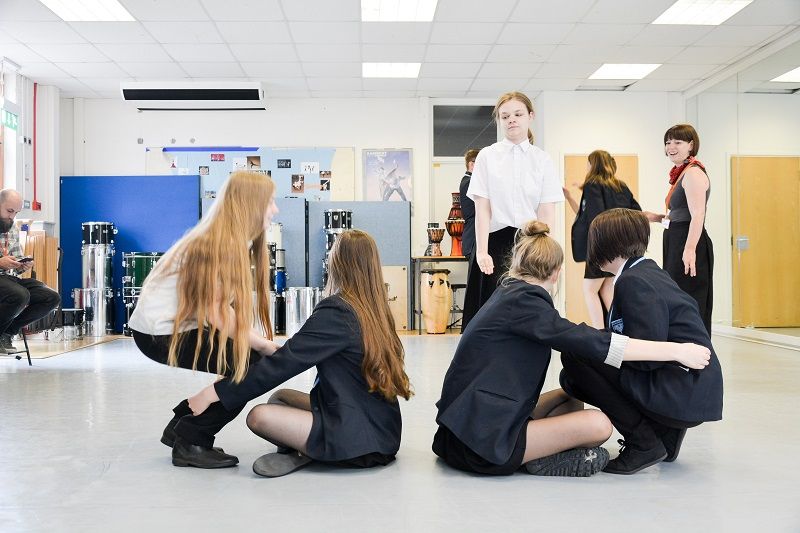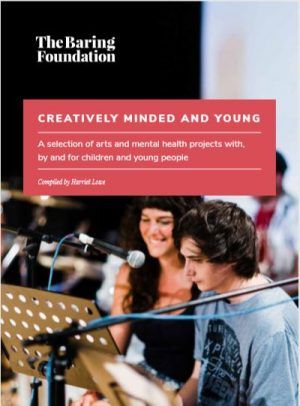Creatively Minded and Young is the second report we have published under our new Arts and Mental Health theme. When we were researching its parent report – Creatively Minded – one of the observations we had was that the field though vibrant and innovative, was not particularly joined up and often organisations who were geographically nearby or doing similar work might not know about each other. That report was perhaps the first to start joining the dots for the whole sector – and this new report is an attempt to highlight some of the great organisations working specifically with children and young people in arts and mental health.
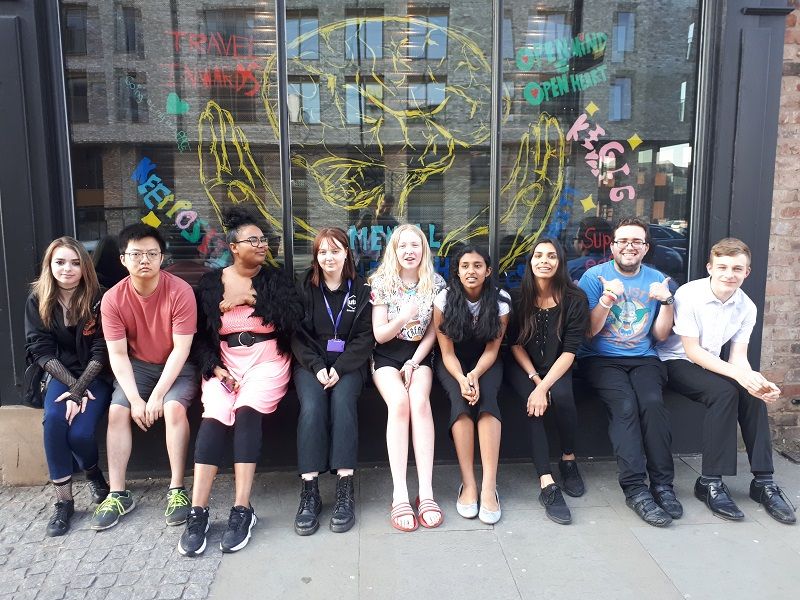
It definitely has some limitations. For a start, we have already come across more organisations working in this area since finalising the contributors (in just a few weeks!), for example Creative Critics by All Ways Making, Cultural Solutions who have been working with CAMHS in Lincolnshire and Cloth Cat in Leeds – and we will come across more as we go. However, we hope it sets the scene, makes a few introductions and spreads some interesting ideas.
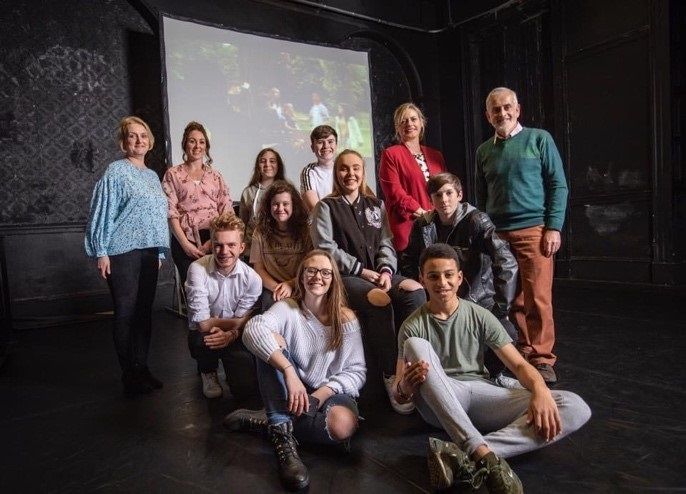
We asked contributors to this report to tell us about the challenges they experience in their work and about how they would like to see the field of arts & mental health with children and young people develop, to which we added some of our observations drawn from the case studies. These are listed at the end of the report in detail and here in brief.
- Diversity and hybridity – there are a variety of different types of organisation involved in this work. Probably about half of the contributors to this report were participatory arts organisations. Other set-ups include mental health services with creative programmes, a heritage organisation and a hospital grant-giving charity.
- Supply and demand – most contributors felt that there are far more young people who would benefit from participation in arts and creativity than there are opportunities.
- Partnership working – all the organisations featured in this report work with partners in different ways, including mental health services, education and youth services and youth organisations. Individual partnerships are highly valued, but most, if not all, said they would like the arts to be more highly valued as an intervention by educational and health services.
- Part of an ecology of mental health support – providers see themselves as part of a broad ecology of support for children and young people’s mental health and a couple called for a more structured and formalised approach to referrals from and relationships with other services.
- The problem with school/s – cuts to schools budgets over recent years, especially for the arts, have affected those organisations who work with them.
- Two worlds, two languages – many of the arts organisations featured use clinical wellbeing scales to show their impact. However, their comments highlighted the delicate balance that many follow between demonstrating their value (to funders and mental health service partners) and facilitating creative freedom and championing the right of young people to be creative just because they want to.
- Under-researched – several contributors to this report wanted to see more data and more research on the benefits of the arts to mental health.
- Under-funded and project funded – short-term funding and project funding were identified as particular problems, not only to organisational resilience but also because young people benefit from longer term engagement which continuous core programmes can offer.
- Co-curation and lived experience – co-curation with young people emerged as a key theme from most if not all contributors and many involve young people in the running of the organisation.
- Challenging work – delivering arts work for children and young people with mental health problems can be difficult for artists and requires skills and support.
- The whole family – practitioners working with younger children in particular may find themselves working in some way with their families as well. This reflects the reality that parents/carers are more involved in children’s lives at that stage, but is also built on their understanding that parental mental health and family circumstances are a significant factor for children’s wellbeing. A couple of contributors expressed an interest in developing or expanding this work.
- A final point which isn’t in the report, but perhaps should be, is that many organisations who work with children and young people might choose to talk about wellbeing rather than mental health, particularly so as not to stigmatise or label. As someone recently said, mental health “isn’t how we start the conversation”. This applies to work with adults too, but is definitely pertinent for young people.
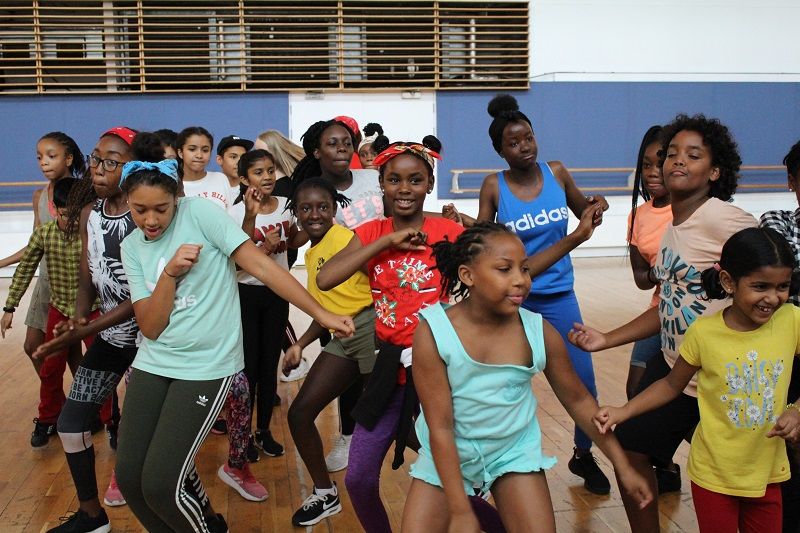
We are interested to know what others working in this area think and there is an opportunity to tell us and hear more about the projects at an informal online launch for the report on 18 September. If you’d like to attend, please do register here.
YoungMinds – who are featured alongside 64 Million Artists in the report – have recently released the results of a survey which found that 80% of young people with mental health needs agreed that the coronavirus pandemic had made their mental health worse. The current situation is only adding to a mental health crisis for children and young people that has been worsening in recent years.
This is the context in which the organisations featured here and many others are working and makes their work even more important. Our current funding round is open to organisations working creatively with children and young people with mental health problems (deadline 18 August), and we look forward to getting to know this field better in the future.
